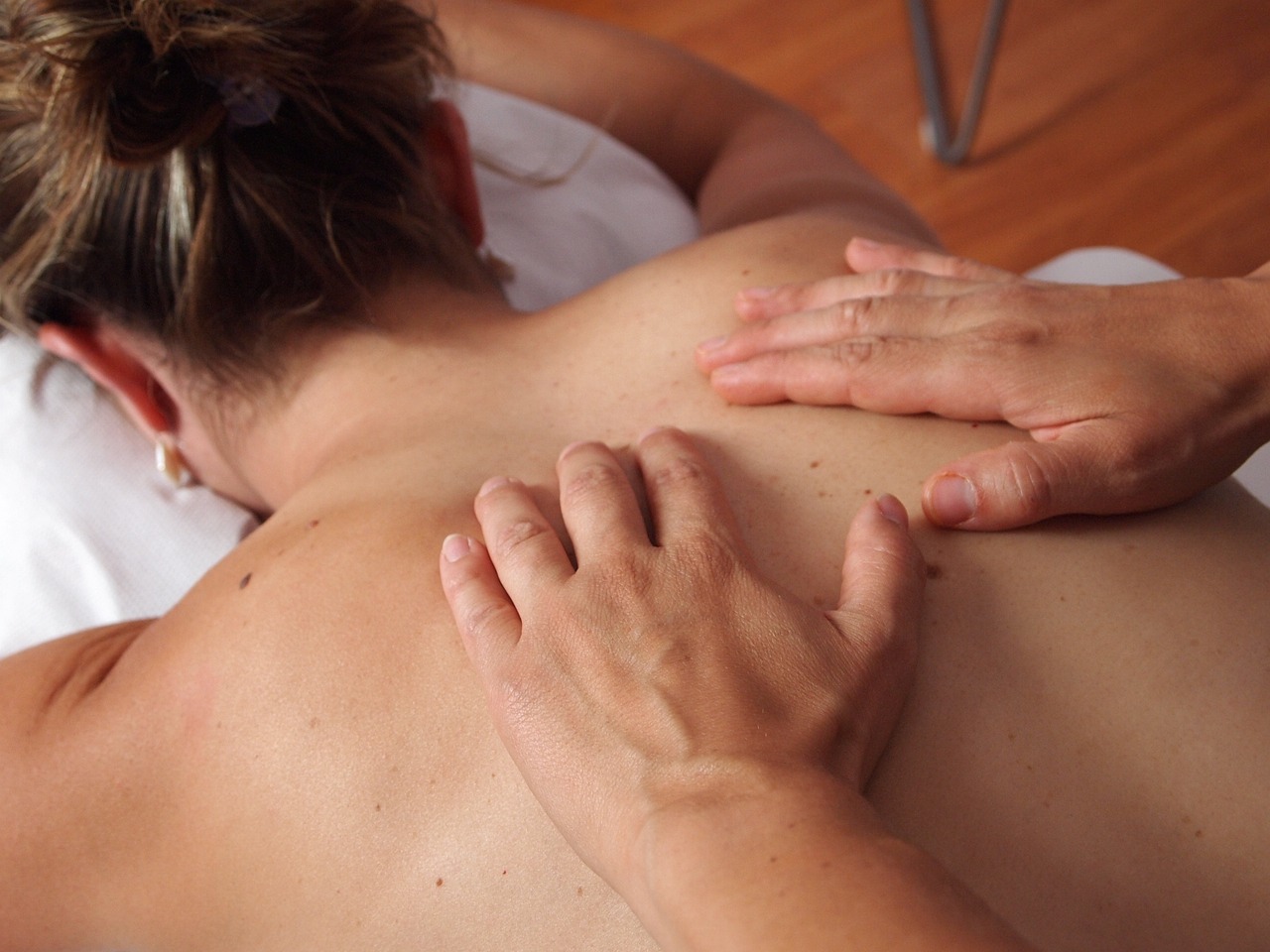

Athletes are known for their intense training regimens and high-stakes performances, but what happens after the final whistle or buzzer? The recovery process is crucial for maintaining peak performance and ensuring longevity in their careers.
In this article, we will explore three ways that athletes recover after big matches. Let’s get right into it.
The Power of Active Recovery
Active recovery is a staple in many athletes’ post-match routines. Unlike passive recovery, which involves complete rest, active recovery includes low-intensity exercises that promote blood flow and help reduce muscle stiffness. Activities such as light jogging, swimming, or cycling can be incredibly beneficial.
Engaging in these low-intensity exercises helps to flush out lactic acid and other metabolic waste products that accumulate during intense physical exertion. This process not only aids in reducing muscle soreness but also accelerates the healing of microtears in the muscle fibres. It’s a delicate balance – athletes need to keep moving without overexerting themselves.
Professional footballers, for instance, often partake in light training sessions the day after a match. This could include a short run, stretching exercises, or even yoga. The idea is to keep the body active, promoting recovery while avoiding further strain. Similarly, swimmers might do a few easy laps or engage in water aerobics to maintain flexibility and reduce muscle tension.
The Role of Nutrition and Hydration
Nutrition plays a pivotal role in an athlete’s recovery process. After a grueling match, the body’s energy stores are depleted, and muscles are often in a state of repair. Replenishing these stores with the right nutrients is essential.
Immediately after a match, athletes often consume a combination of carbohydrates and proteins. Carbohydrates help restore glycogen levels in the muscles, which are crucial for energy during the next bout of activity. Proteins, on the other hand, provide the necessary building blocks for muscle repair and growth. Many athletes turn to recovery shakes or specially designed post-workout meals to ensure they get the right balance of nutrients.
Hydration is equally important. During intense physical activity, significant amounts of fluids and electrolytes are lost through sweat. Rehydrating is essential to maintain proper bodily functions and aid in muscle recovery. Athletes often consume drinks enriched with electrolytes to replace the minerals lost during exercise.
Professional tennis players, for example, are known for their meticulous post-match nutrition routines. They often have a recovery drink ready as soon as they step off the court, followed by a balanced meal that includes lean proteins, whole grains, and plenty of vegetables. This approach ensures their bodies have everything they need to recover quickly and effectively.
It’s no surprise that the athletes who are consistent with their nutrition often fare much better on betting sites like 10bet.co.za – it gives them a huge advantage over their competitors.
The Science of Sleep and Rest
Sleep is perhaps the most critical component of an athlete’s recovery regimen. During deep sleep, the body goes into repair mode, releasing growth hormones that facilitate muscle recovery and regeneration. It is also during this time that the brain processes and consolidates memories, which can include the muscle memory crucial for athletes.
Professional athletes often prioritise getting ample sleep, sometimes even incorporating naps into their daily routines. Creating an environment conducive to restful sleep – dark, cool, and quiet – can make a significant difference in recovery.
Recovery doesn’t stop at sleep. Rest days are strategically placed within training schedules to allow the body to heal. These days are not about lying on the couch all day but rather engaging in minimal activity that promotes relaxation without taxing the body.
Some athletes might use these days to focus on mental recovery, employing techniques such as meditation, visualization, or breathing exercises to reduce stress and enhance mental clarity.
Take marathon runners, for instance. After a big race, it’s not uncommon for them to take several days of reduced activity, allowing their bodies to recover fully before gradually easing back into their training routines. This careful management of rest and activity helps prevent overtraining and reduces the risk of injury.
Conclusion
Well, there you have it – you now know three ways that athletes recover after big matches. The recovery process is as important as the training and performance phases in an athlete’s routine. Active recovery, proper nutrition and hydration, and sufficient sleep and rest are three pillars that support an athlete’s ability to bounce back after intense matches.
Incorporating these techniques is not just for professional athletes. Anyone engaging in regular physical activity can benefit from these recovery strategies to enhance performance and reduce the risk of injury. So, consider taking recovery a little more seriously! Stay safe.
In a shocking incident on December 4, 2024, Brian Thompson, the CEO of UnitedHealthcare, was…
In an unprecedented step toward financial relief and health equity, the city of St. Paul,…
In early November 2024, a shocking tragedy unfolded in Budapest, Hungary, as American nurse Mackenzie…
If Robert F. Kennedy Jr. were to assume leadership of the U.S. Food and Drug…
On November 1, 2024, federal authorities charged 38-year-old Rebecca Fadanelli, owner of Skin Beaute Med…
In a quaint little restaurant in Echo Park, an up and coming author is sitting…